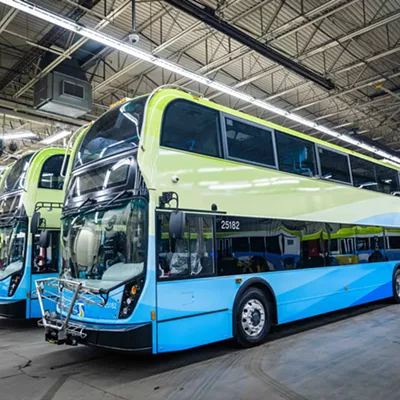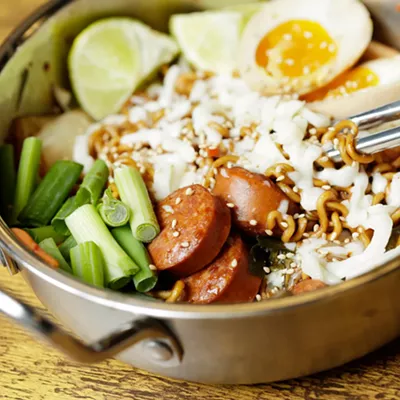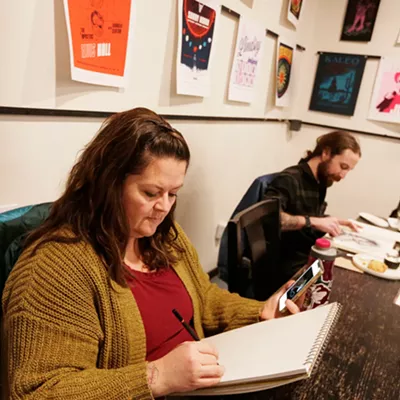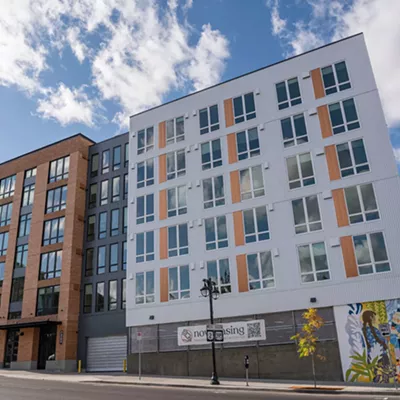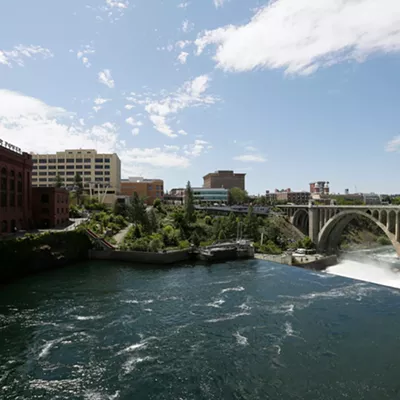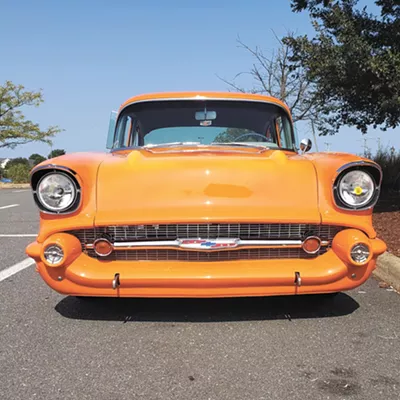
Skiing brought me to Japan. But it may just be the urban experience that takes me back.
In middle school and high school, my friends and I were stereotypical Pacific Northwest skiers. We skied nearly every weekend, burned pineapple effigies in the fall, watched ski movies, and, in the back of our minds, forged bucket lists filled with interesting destinations. Japan wasn't necessarily at the top of the list, but Hokkaido gets some of the most consistent and abundant snow in the world, so it was only natural that at some point we'd make our way across the Pacific.
When I finally had the opportunity to spend five days in Niseko, Hokkaido, and five days exploring the country in January, I jumped at the chance. It certainly helped that in the time since middle and high school, I've developed an interest in cities, in urbanism, and in exploring new places and perspectives.
So while the skiing was excellent (life-changing, even!), the urban exploration was even better. I found that many of the things Japan does well are things that Spokane and Inland Northwest urbanists like myself have been harping on for years.
First, getting around was simple and fast.
While Japanese train stations are true marvels of urban engineering, and Shinjuku Station (one of the world's busiest, in Tokyo) seems to pulsate with the energy of millions of commuters at all hours of day and night, I was struck by how easy each station and transit line was to navigate. Transit cards from one region work in all the others. Signage looks similar in every station. Fares are predictable no matter where you are.
Even taking the shinkansen — Japan's legendary high-speed rail — is remarkably difficult to mess up. I took the train from Kyoto to Tokyo and because the line runs every 10 minutes, I didn't even have to buy a ticket in advance (though I could have, if I'd preferred). And it was a revelatory experience, with spacious seats, abundant storage and incredible views. The 300-mile trip took under two hours.
Here at home, the Washington state Department of Transportation is currently studying high-speed rail between Vancouver, B.C. and Portland, and Amtrak is looking at improving east-west service, so there might be some hope on the horizon. But reconnecting the region via rail is still, unfortunately, a long way off. We should look across the Pacific to find some courage.
Second, almost anything I could possibly need was within walking distance.
It's no secret that Japan has convenience on lock — the legendary 7-Eleven egg salad sandwich didn't develop an international following out of nowhere. But what struck me wasn't so much the ubiquity of convenience stores as the mixed nature of almost every neighborhood.
Even in quiet, relatively residential neighborhoods, in addition to the standard vending machines, you might find an izakaya (pub), a ramen shop or a convenience store. You might have a pocket of residential buildings embedded in a largely commercial zone. In fact, zoning overall seemed looser than in American cities, where commercial and residential uses are generally kept very separate. Some of this is, of course, enabled by Japan's population and housing density. But I couldn't help but think about places like the Scoop and Rockwood Bakery, and wonder what might happen if we could become even more open to these types of uses, particularly as low-rise residential neighborhoods continue to densify.
Finally, Japan's urban spaces are remarkably flexible.
Just as Japan's neighborhoods and districts are flexible, so too are the buildings and public spaces. In part out of necessity in such a populous country, you might grab okonomiyaki on the fifth floor of a building, then go out for karaoke on the third. You might stay in a hotel with apartment flats above, or a pod hotel with a lively bar not below, but above. I'm told that these uses can change over time, so a restaurant might become retail or even an office down the road.
These flexible buildings might seem like curiosities, but as remote work continues to wreak havoc on office environments and downtowns in North America, Japan seems to have a more resilient and forward-thinking approach. In Spokane, many of our most beloved buildings are, naturally, the ones that mix uses together and adapt. The Washington Cracker Building houses restaurants, coffee shops, offices and event spaces. The Chronicle Building — a beautiful legacy structure with a long history — went from a newsroom to an office building to apartments. Uses can change over time and adapt with the population.
Now, maybe this reads like a call for you to visit Japan — and perhaps it is, in part.
But it's also a call to consider that the questions we have as people who love cities have already been answered time and time again. Make transit easy to use. Make it easy for people to meet their needs within walking distance. Create spaces that bring people together in new and unexpected ways.
Spokane is fortunate to have a deep bench of professionals, activists and officials who understand this critical mix. But for the good of the community, we must keep moving aggressively. We need not aspire to be Tokyo, but we should absolutely draw lessons from it as we continue to build a simpler, more walkable and more resilient city. ♦
Anthony Gill is an economic development professional and writer of Spokane Rising, a blog about ways to make our city a better place to live.



